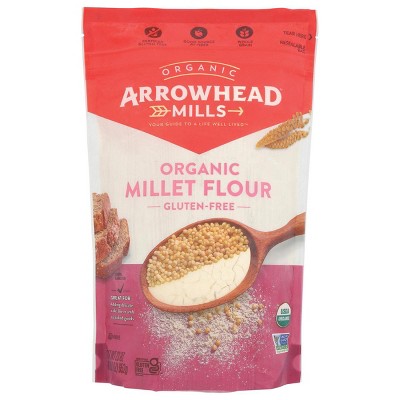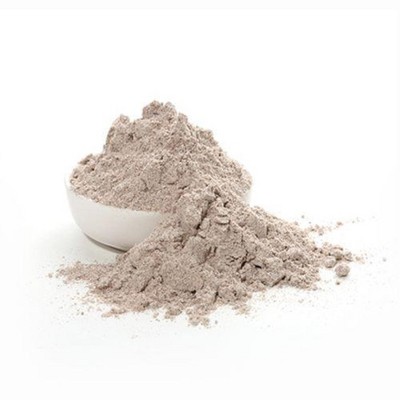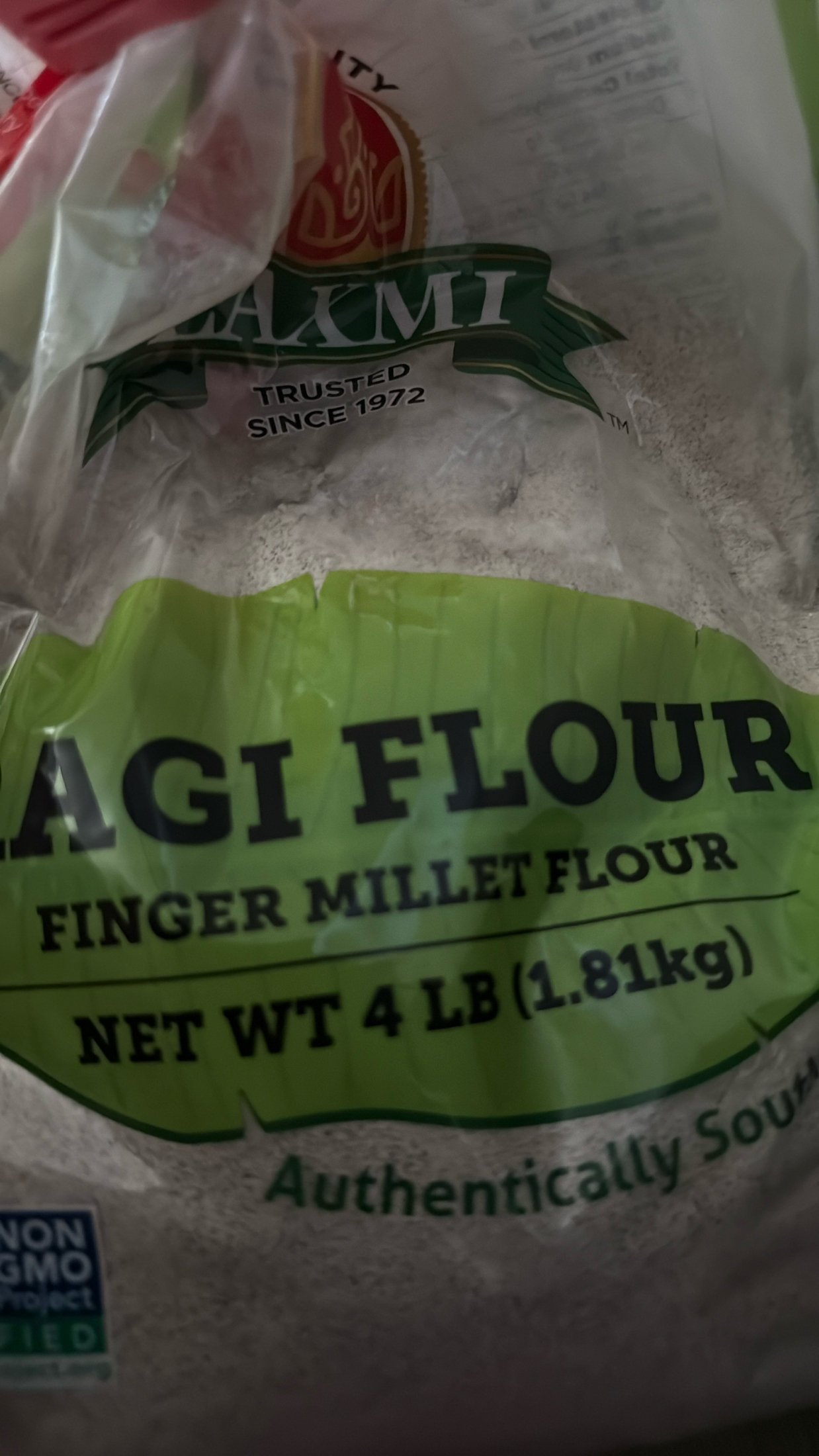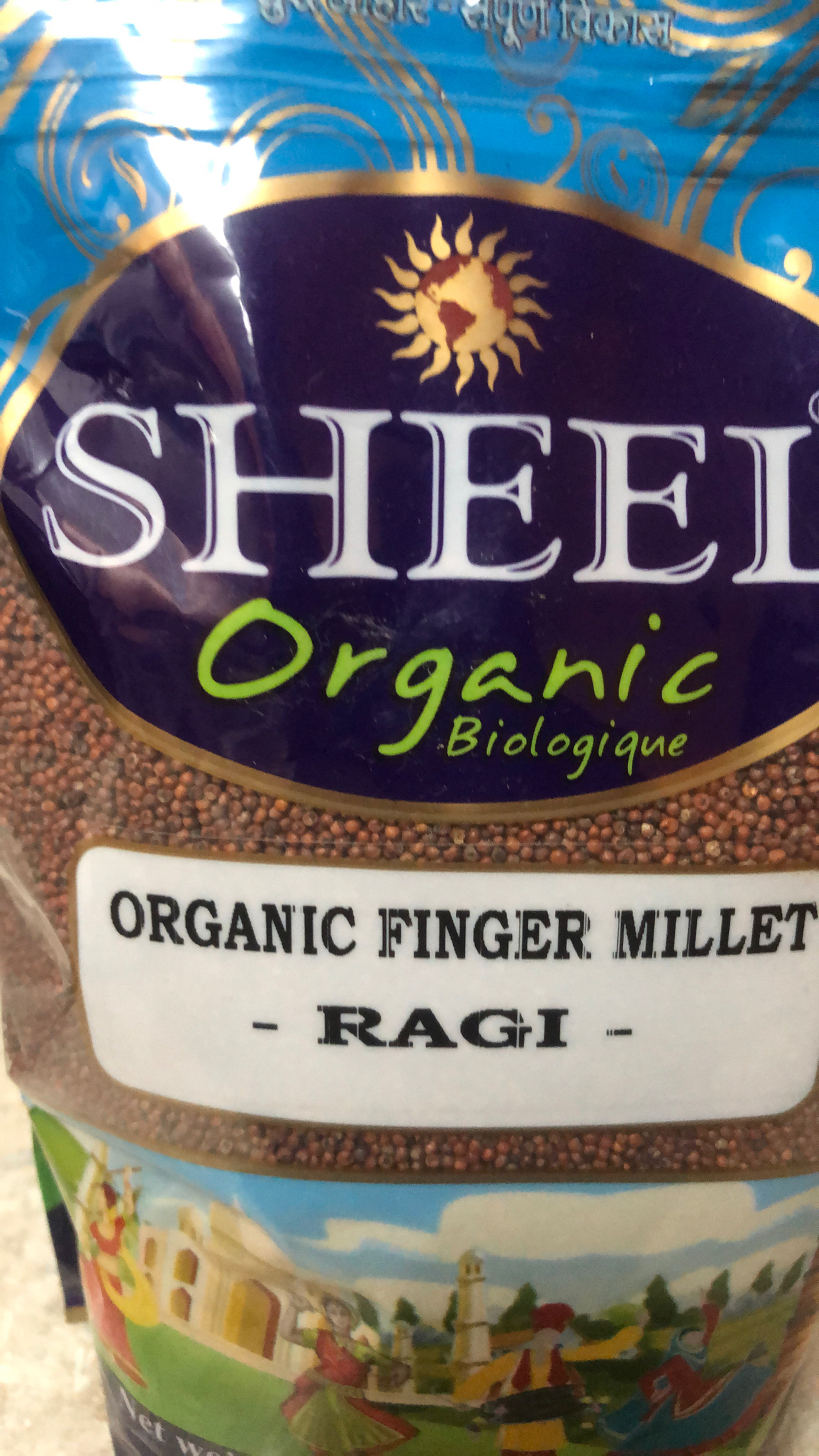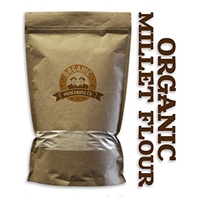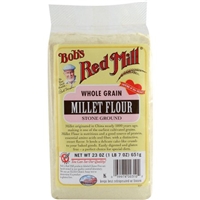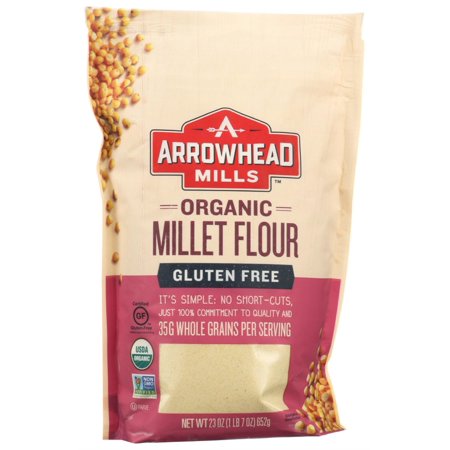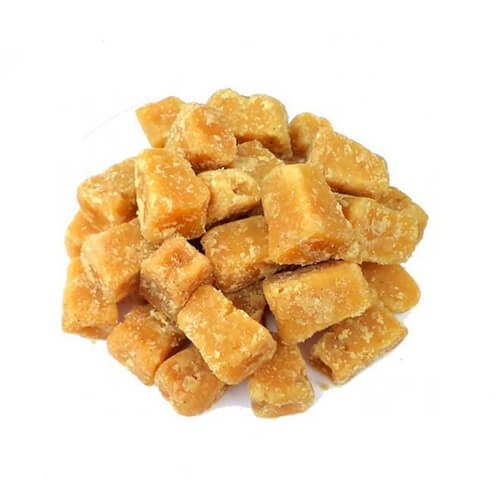BREADS
DESSERTS
Millet Flour
Millet flour is a finely ground powder made from whole, hulled millet grains, a small-seeded cereal plant that is gluten-free and highly nutritious. Known for its versatility, millet flour has been used as a staple food in Africa, Asia, and India for thousands of years, providing essential carbohydrates, proteins, vitamins, and minerals, such as magnesium, iron, and potassium.
In a home kitchen setting, millet flour can be incorporated into various recipes, including breads, muffins, pancakes, and porridges. As a gluten-free alternative to wheat flour, it is popular among people with gluten sensitivities or celiac disease, enriching dishes with a mild, slightly nutty flavor and delicate texture.
83%
CARBS
5%
FAT
12%
PROTEIN
61 Millet Flour Products
Bob's Red Mill Millet Flour, Stone Ground
Arrowhead Mills Organic Millet Flour
Bob's Red Mill Millet Flour
Ragi Flour (Millet Flour)
Laxmi Ragi Flour Finger Millet Flour
Organic Finger Millet - Ragi
Bob's Red Mill Whole Grain Millet Flour Stone Ground
Organic Merchants 100% Organic Millet Flour - Gluten Free, Kosher, Non GMO (4Lb)
Bob's Red Mill Millet Flour 4 pack
Arrowhead Mills Organic Millet Flour, 23 Oz, Pack of 6
Millet Flour Is Frequently Used With
Millet Flour FAQ
Millet flour, naturally gluten-free and full of nutritional benefits, is frequently applied as a substitute for wheat flour, especially among people with celiac disease or gluten sensitivity. Despite its relative ease of use, many first-time users often question whether they can directly replace wheat flour with millet flour in recipes, to which the answer is typically: 'It depends on the recipe.' Millet flour lacks gluten, the protein that gives structure to baked goods, which means it can make items denser and potentially crumbly if utilized in the wrong proportions. To correct this, most bakers recommend combining millet flour with other gluten-free flours or xanthan gum to mimic the elasticity offered by gluten.
Another common misstep occurs when people do not realize that millet flour has a subtly distinct, slightly sweet and nutty flavor, which can affect the overall taste of dishes if not accounted for. To make the most of millet flour, it's advisable to test with smaller quantities first or incorporate it into recipes where its unique flavor can be appreciated.
Another less well-known tip is toasting the millet flour before usage. This quick stove-top method enhances the flour's inherent nutty flavor, adding complexity to the final dish.
Can I replace all-purpose flour with millet flour?
Does millet flour change the taste of dishes?
Can millet flour be used for thickening sauces?
Does millet flour need to be cooked?
Can I use millet flour in gluten-free baking?
Can millet flour cause digestive issues?
Does millet flour need to be sifted before use?
Is millet flour good for diabetics?
Can millet flour be used in frying?
Does millet flour absorb more water than other flours?
Expiration & Storage Tips
When does millet flour expire?
Unopened bags of millet flour can last for about 1 year if stored in a cool, dry pantry, though it's always best to check the printed expiration date. Once the bag is opened, it can keep for about 6 months in a pantry or up to a year in the freezer. If the millet flour is homemade, it's best to use it within a month because it tends to oxidize faster, affecting its flavor and nutrient composition. It can also be frozen for up to 6 months.
How do you tell if millet flour is bad?
To ascertain if millet flour has gone bad, begin by assessing its smell. Fresh millet flour has a mild, nutty aroma, while spoiled millet flour may produce a sour or musty smell that indicates its deterioration. Next, inspect the colour and texture of the flour. Healthy millet flour should have a consistent, fine texture and a uniform light, yellowish color. If the color has darkened substantially or you notice clumps, it may suggest the presence of moisture, which can lead to mold growth. Consuming spoiled flour can cause food poisoning, so it's crucial to discard it if you suspect it's gone bad.
Tips for storing millet flour to extend shelf life
• Store millet flour in an air-tight container to prevent exposure to air, moisture, and pests.
• Keep the container in a cool, dry area, away from direct sunlight and heat sources to maintain the quality.”
• If you use millet flour occasionally, consider freezing it to extend its shelf life. Divide the flour into meal-sized portions before freezing to prevent thawing and refreezing repeatedly, which can lead to moisture buildup.
• Always use dry utensils when scooping millet flour to avoid introducing moisture into the container.
EXPIRES WITHIN
10 - 14
MONTHS
Substitutes
Health Info
Macros
89g
CARBS
5g
FAT
12g
PROTEIN
Allowed on these diets
LOW FAT
HIGH CALCIUM
VEGETARIAN
MEDITERRANEAN
VEGAN
LACTOSE FREE
GLUTEN FREE


